Shipwrecks to marauders
- Published Date
- 30/01/2024
- News Topic
- Heritage, Art & Culture
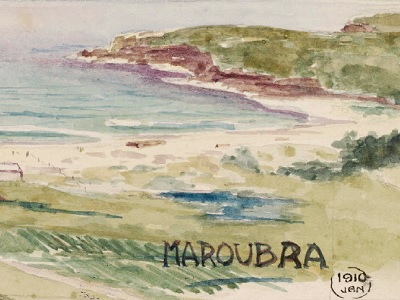
In 1909, long before the McKeon Street Plaza redevelopment, Randwick Council was waxing lyrical about the natural beauty of the Maroubra Beach precinct. This is how Council described the area in its first published history.
"Approaching Maroubra for the first time the tourist is influenced to wonderment by the sight spread out before him….
A far-[flung] beach, on which thunderous waves continuously beat, buttressed headlands, whitened intermittently by foaming seas, here fresh from Nature’s hand is embellished grandeur, spacious solitude."
Long before colonisation, our local First Nations people recognised, managed and celebrated the natural beauty of the area. A ceremonial meeting ground was at the centre of the Bay, with the northern and the southern ends of the beach being used for cultural fishing, with remnant stone tools and engravings, first recorded by the Europeans in the 1890s.
What’s in a name?
The name ‘Maroubra’ is something we should seek guidance on from our local elders. European settlers believed the word meant, ‘place of thunder’ or lightning’ – this has been reinforced by the early uniforms of the Maroubra SLSC, emblazoned with a lightning bolt. The translation does carry some acceptance with members of the local Indigenous community. And as locals know, it is an apt description of the Maroubra micro-climate.
The swampy ground behind the beach was part of a rich source of fresh water pre-European settlement. Colonial settler Humphrey McKeon, from whom the main street takes its name, established a large wool scouring business utilising this water table. The land was leased to him for 99 years, he died in July 1882.
In her will in 1905, Humphrey McKeon’s wife, Ann, mentions, ‘that land ‘The Woolwash’ on which is a weatherboard cottage.’ Then, in 1915, the Sands Sydney Street Directory, lists Frederick McKeon - as living on McKeon Street in ‘Rose Cottage’. It is hard to say if this is the same cottage, but the family resided in Maroubra Bay long enough to see the main street named after their patriarch. Council’s rates records lists ‘McKeon Street’ for the first time in 1910.
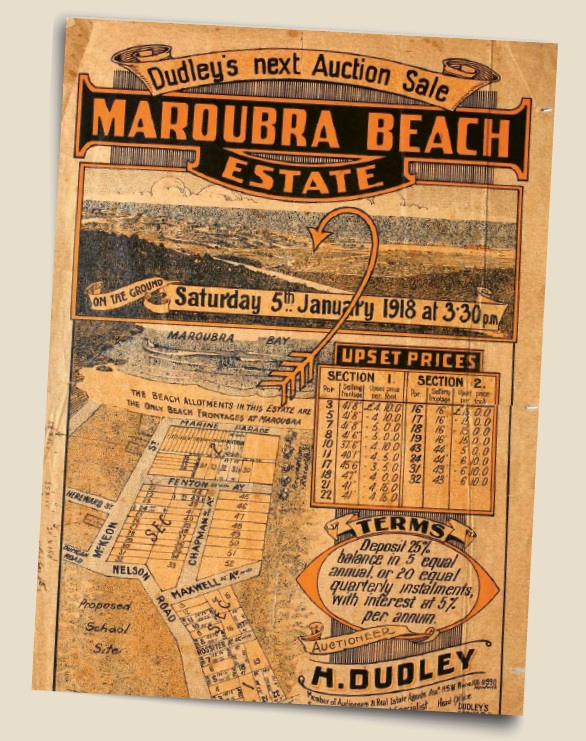
McKeon Street was advertised for urban subdivision in the Maroubra Bay Estate subdivision plan of 1918. Herbert Dudley, real estate entrepreneur was the vendor of these foundational suburban street lots. By this stage, he had built and opened Dudley’s Emporium – on the corner of Anzac Parade and Maroubra Road. By 1918, Dudley turned his attention to the waterfront at Maroubra in the last year of WWI. Perhaps foreseeing the need for housing in post-war Sydney, Dudley boasted ‘the beach allotments in this estate are the only beach frontages at Maroubra’.
It has long been thought that McKeon was the first European to settle at Maroubra Beach in 1861. But in their 2018 Randwick Historical Society newsletter Rusheen Craig asserts that it was two years earlier in September 1859 that the Sydney Morning Herald advertised a ‘refreshment rooms’ enterprise established by J McNeil to attract ‘tourists’ to the beach.
Shipwrecks bring acclaim
The shipwrecks of the clipper Hereward, driven ashore by a gale in 1898 and the SS Tekapo a year later in 1899 – put Maroubra Bay on the map. People travelled from all over the City to witness the floundering wrecks. Remnants of the vessel still lie on the ocean floor. A small cannon was recovered by divers from the Hereward after heavy seas in 2013 shifted sands and exposed more remains. This brass alloy canon remains in the foyer of Maroubra Seals.
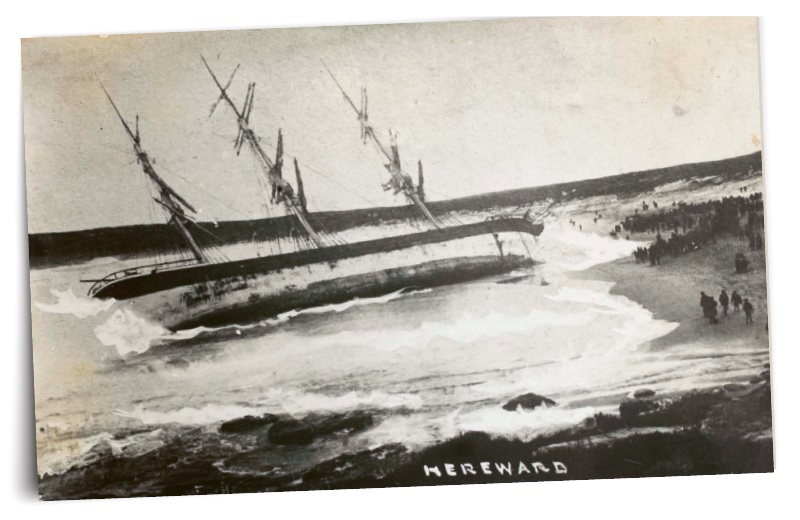
The anchor of SS Tekapo was recovered by Greg Tannos in 1986 and is placed on the northern end of Maroubra Beach. The ‘Maroubra Marauders’, roamed Maroubra Bay at the turn of the twentieth century. They were the original larrikins of the suburb. There is one account of a foiled attempt by ‘marauders’ to steal wool from the wool wash in 1904. But this gang’s greatest known menace was directed at the strict public bathing regulations. In defiance, the Marauders posed for the cameras with tomahawks and swimwear accentuating their anatomy. At the time only men were allowed to bath during daylight hours. The Marauders asserted the ordinances regarding the male bathing costumes inhibited their enjoyment of the ‘wild’ surf. The Marauders called for Council to erect dressing sheds, threatening to disrobe on the sands. The debate raged in the broader Sydney coastal community in the lead up to mixed bathing at regulated hours.
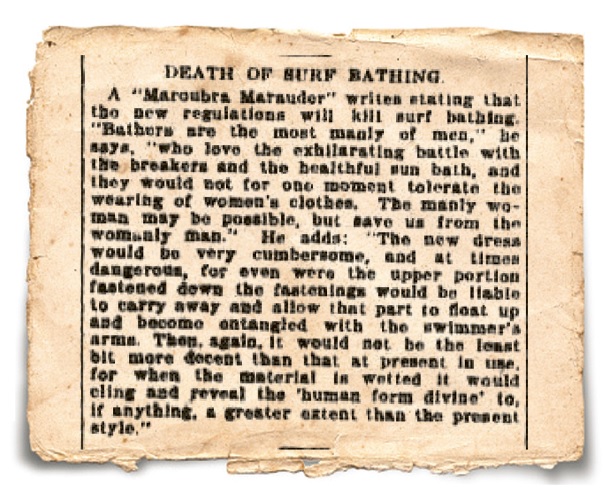
Beachside build-up
In 1918, prospective homeowners were urged to 'snap up' beachfront lots. The sale of land around Maroubra Beach promoted the positives and remained quiet regarding the fact that land to the south of McKeon Street was declared contaminated in 1917 due to the impact of the wool scouring enterprise. A large parcel of land was reserved for Maroubra Bay PS in 1918 – the school celebrating 100 years of education this year.
The coming of the trams to Maroubra Beach in 1921 enhanced the attractiveness of the locale for ‘setting up home’ just before the public school opened to students in 1923. In 1926, The Maroubra Bay Hotel opened. In April 1941, at the height of WWII, Tooths purchased the hotel. Images of the pub during the twentieth century show its external appearance hasn’t changed much. Only the array of vehicles show the passing of time.
Through the decades
In the 1930 edition of the Sands Sydney Street Directory, various businesses and private dwellings are listed along both sides of McKeon Street, along with a house named ‘Hereward’.
The 1950s to 1960s saw the zenith of the surf lifesaving carnival culture and its connection to the identity of the area. In 1959, when Randwick Council marked 100 years of local government, a massive surf carnival was held on Maroubra Beach to mark the occasion.
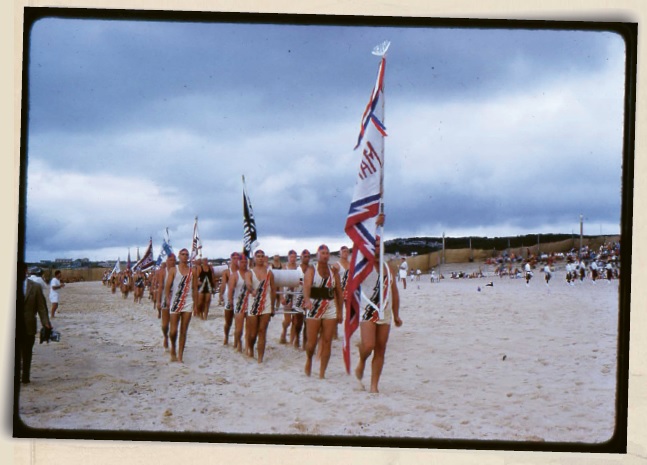
The 1960s saw Little Pattie smokin’ the floorboards of the Maroubra Surf Club with her ‘Stompin’ at Maroubra’ title, an iconic piece of Australian pop music and culture. At the time reticent parents and Council officials feared the stompin’ craze was ‘leading the local youths astray’ and ‘damaging the floorboards’! In August 1966, Little Pattie went on to become the youngest star to entertain the Australian troops during the Vietnam War, at the age of 17. She has become a powerful and enduring advocate for veterans’ affairs in later life. A rare copy of Little Pattie's ‘Stompin at Maroubra’ record will be on display at the La Perouse Museum in ‘Randwick Stories’ opening March 2024.
By the 1970s and 1980s it was the Maroubra Surfboard Riders and the surfers who dominated the landscape. The La Perouse Board Riders were also surfing in Maroubra. It was not unusual for Mob to walk from La Perouse, carrying a board and then return home on foot, exhausted after a day of surfing.
The recent McKeon Street plaza by Council has seen a regeneration of the ‘laid back’ lifestyle that has been the appeal of Maroubra Beach for all time. Slow living at its best.
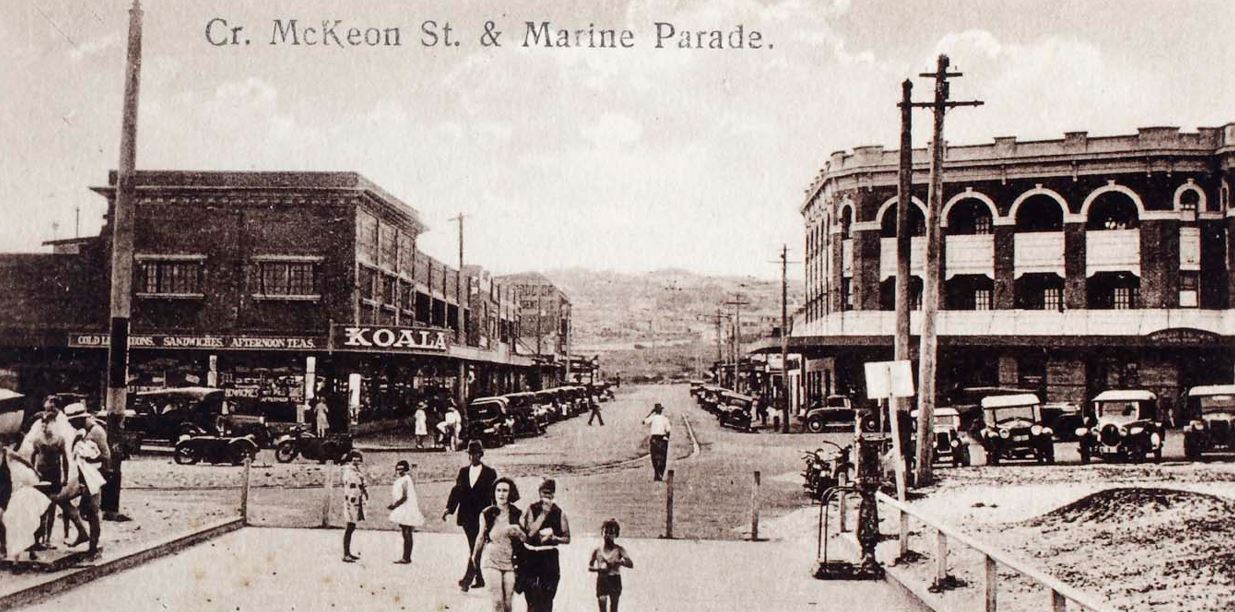
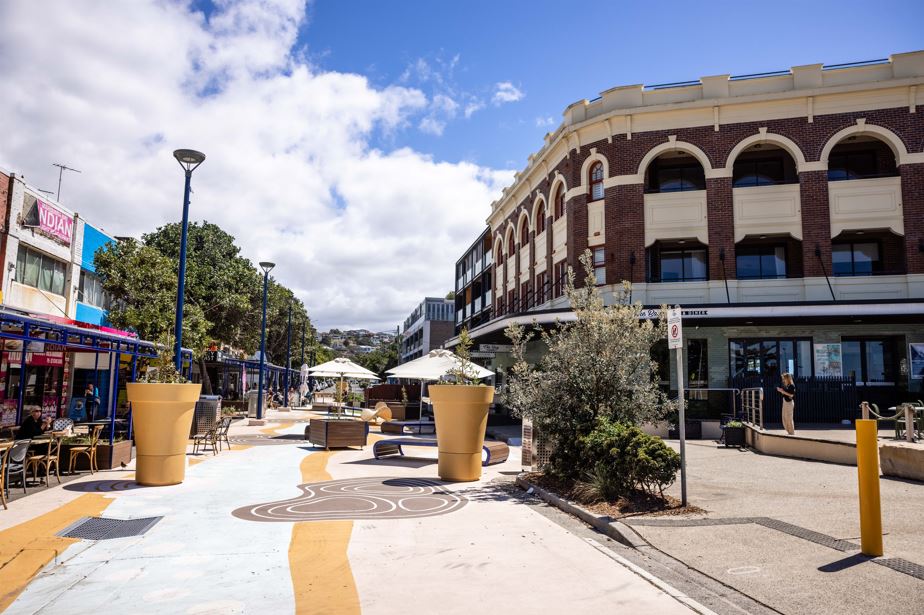
By Georgina Keep, Local Studies Librarian. This article was originally published in the Summer 2023-2024 issue of Randwick Scene Magazine.
